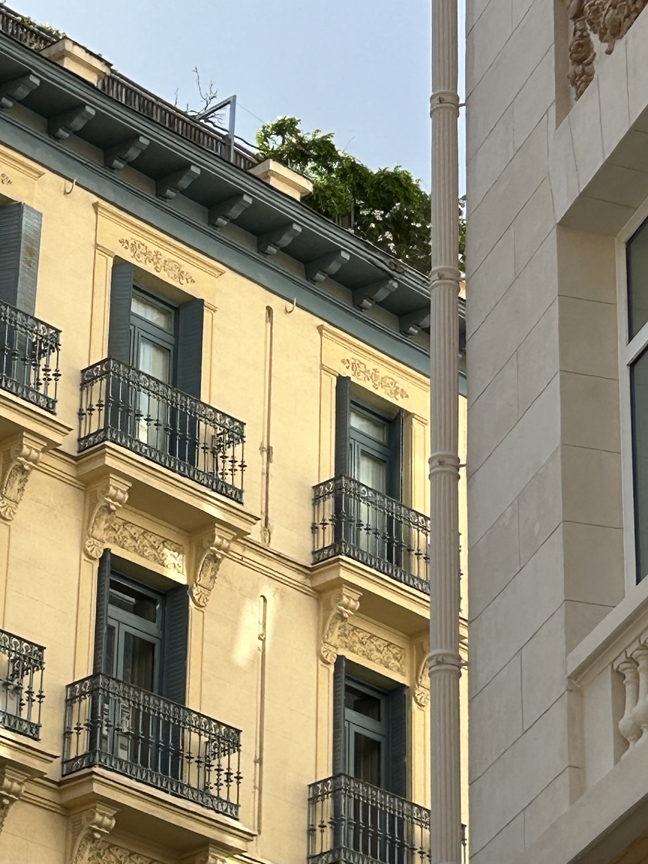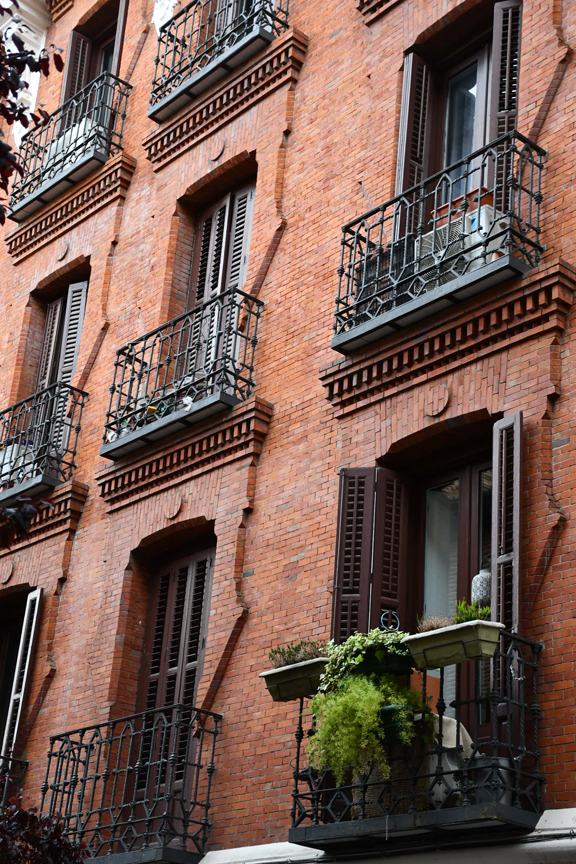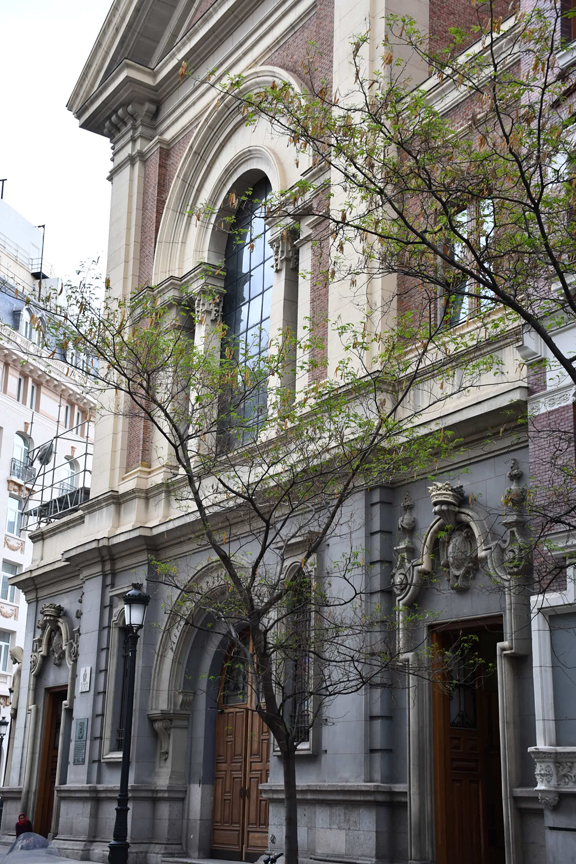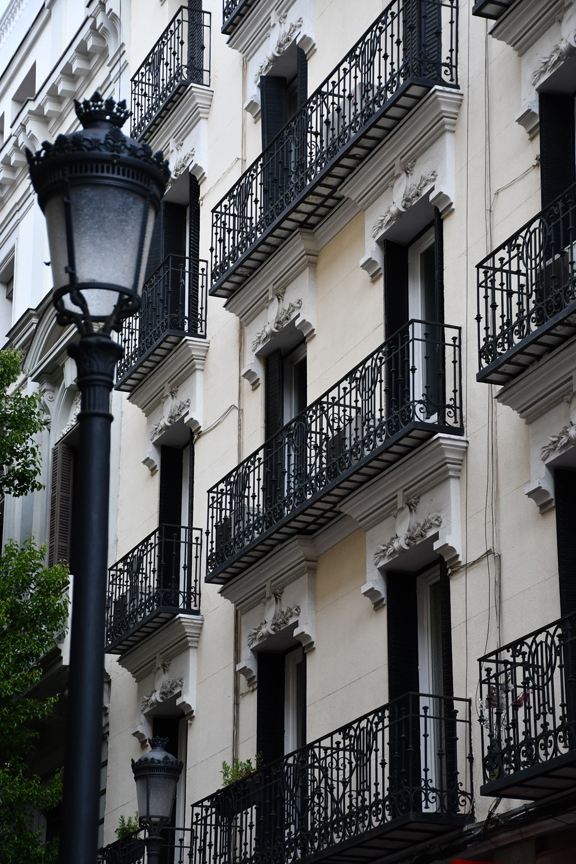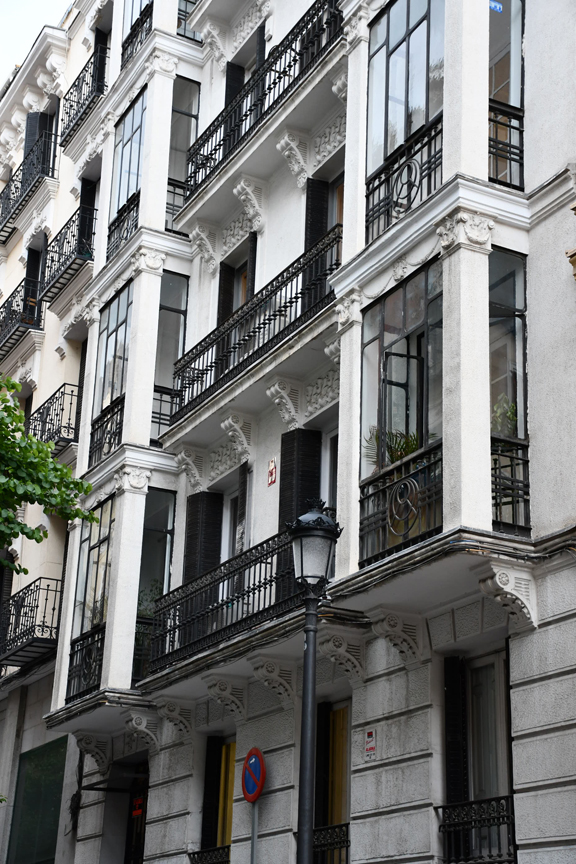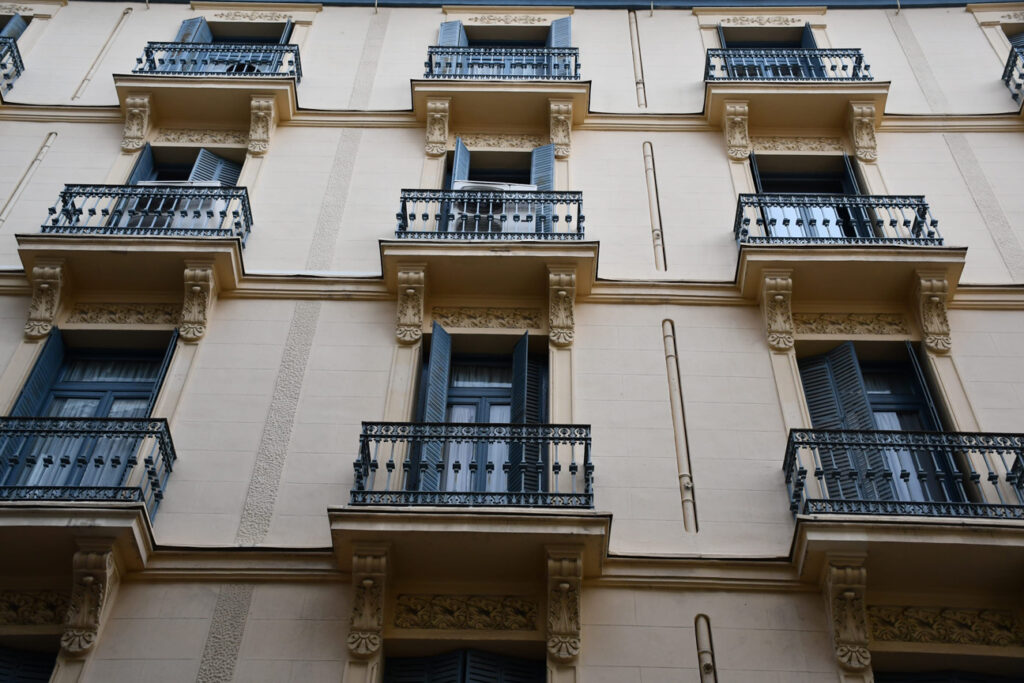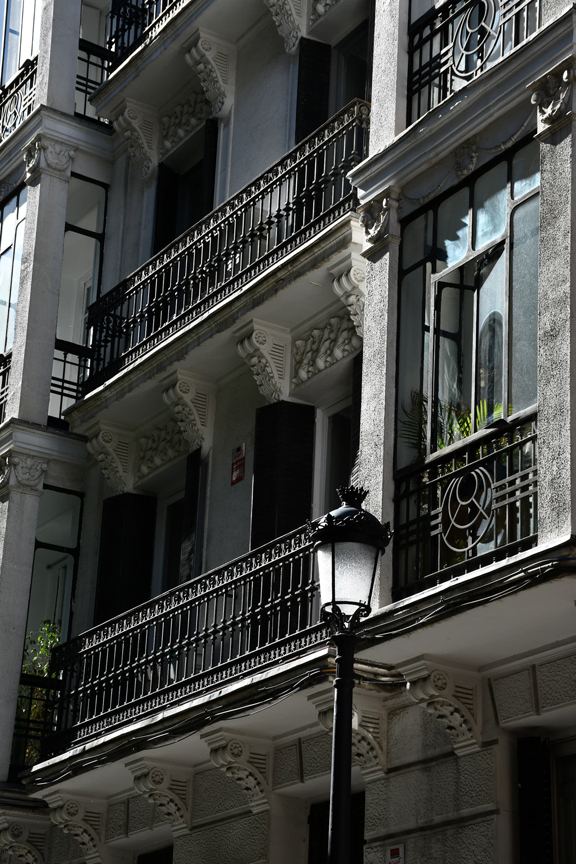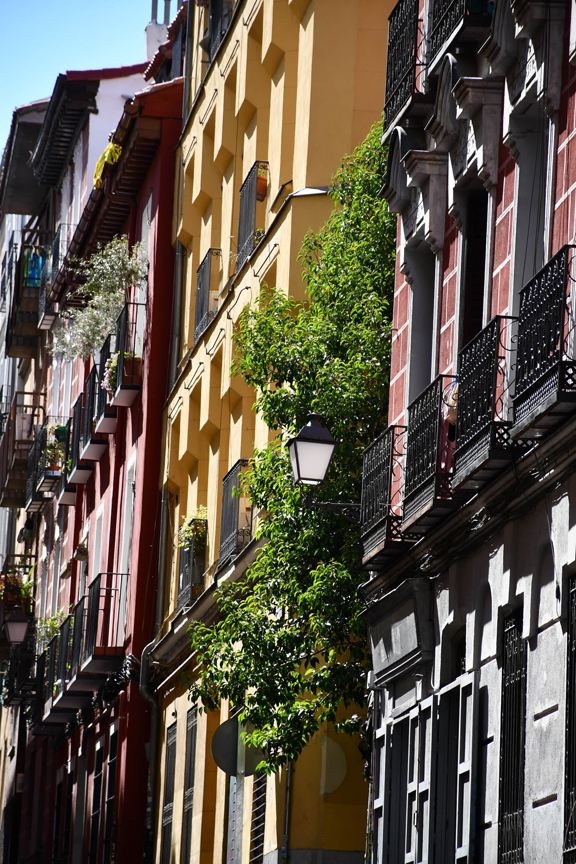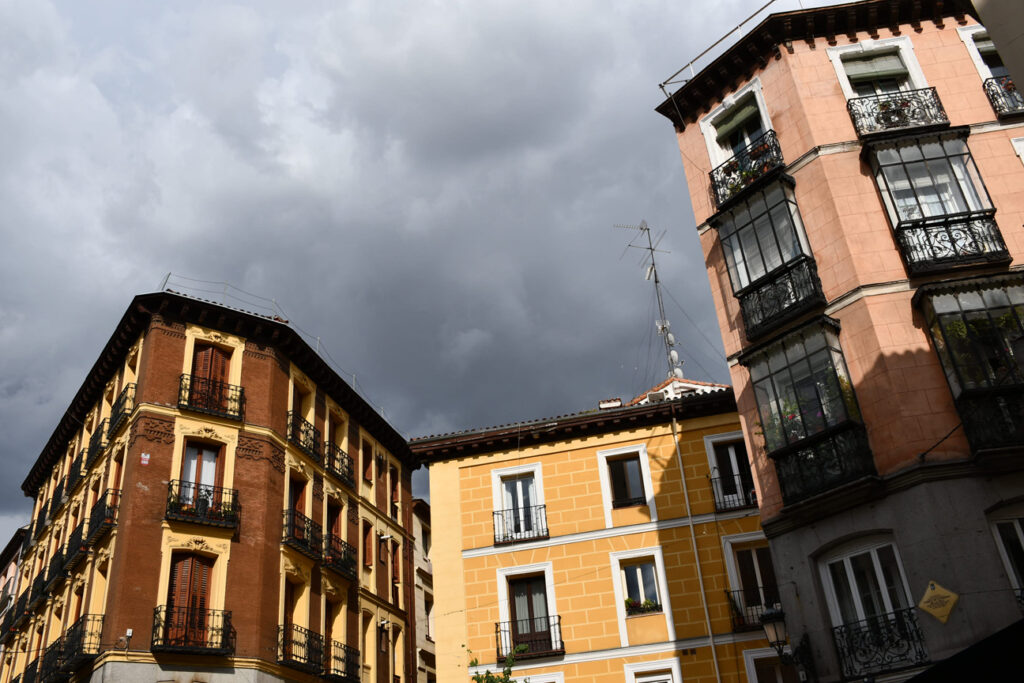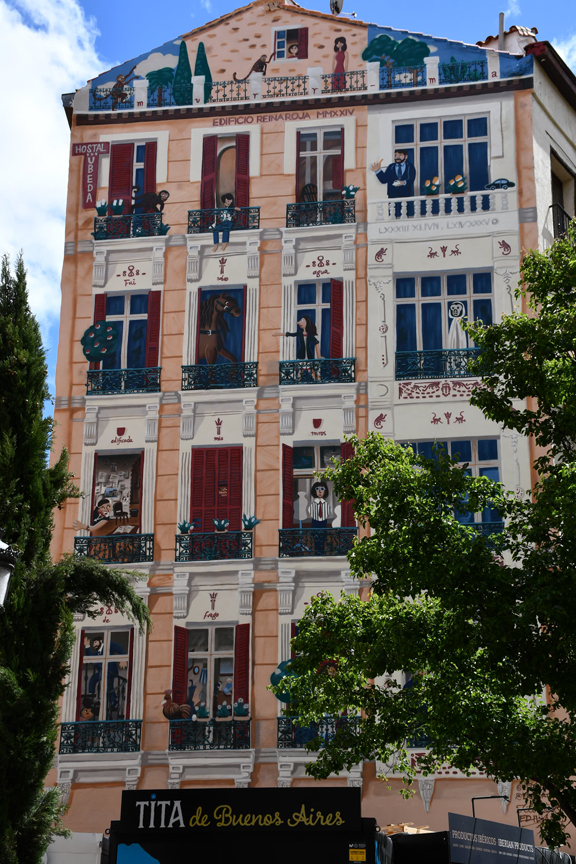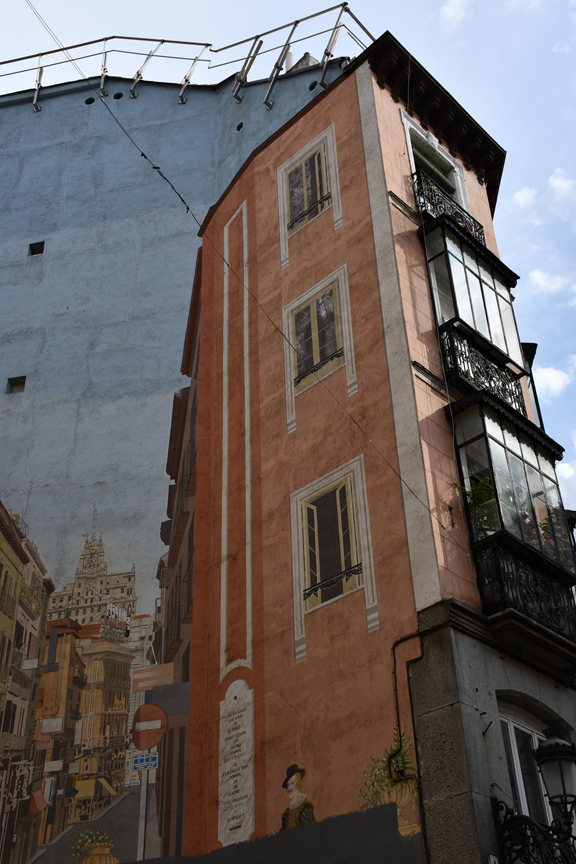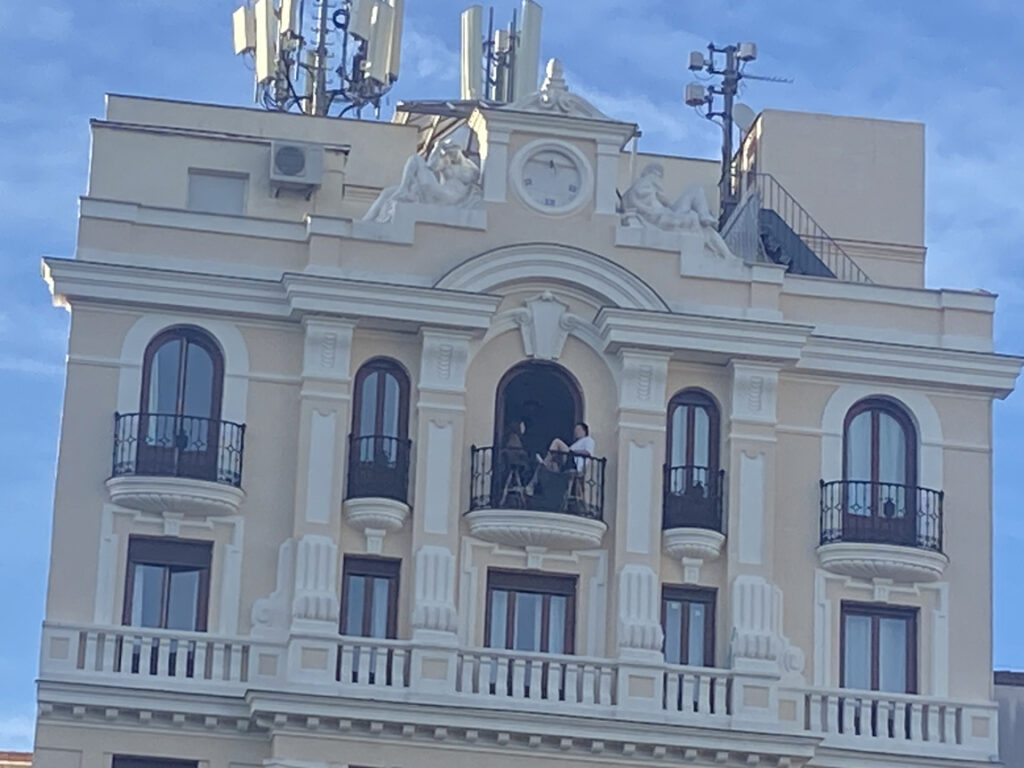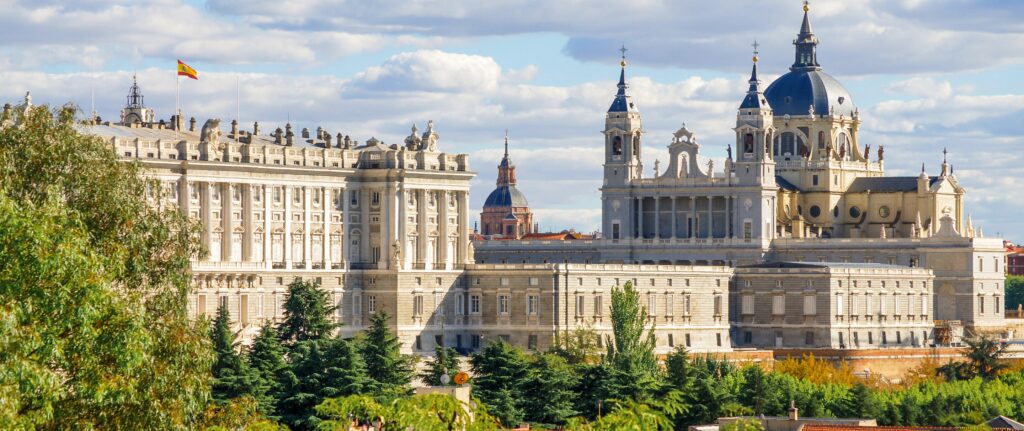
Phone courtesy Wikipedia
Above-The Royal Palace and the Cathedral
MADRID
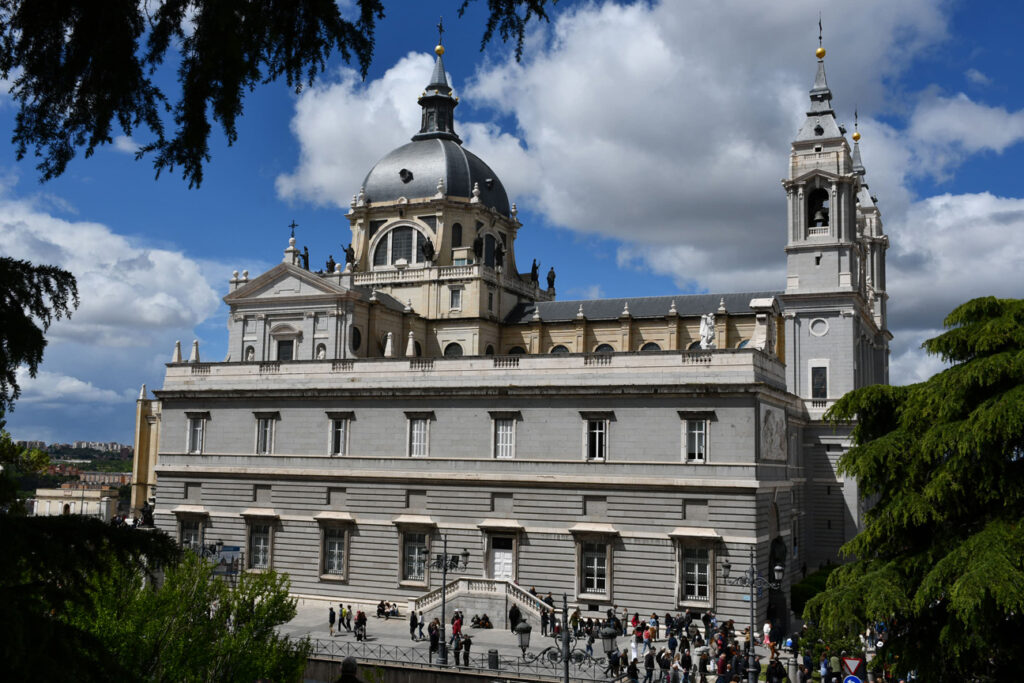
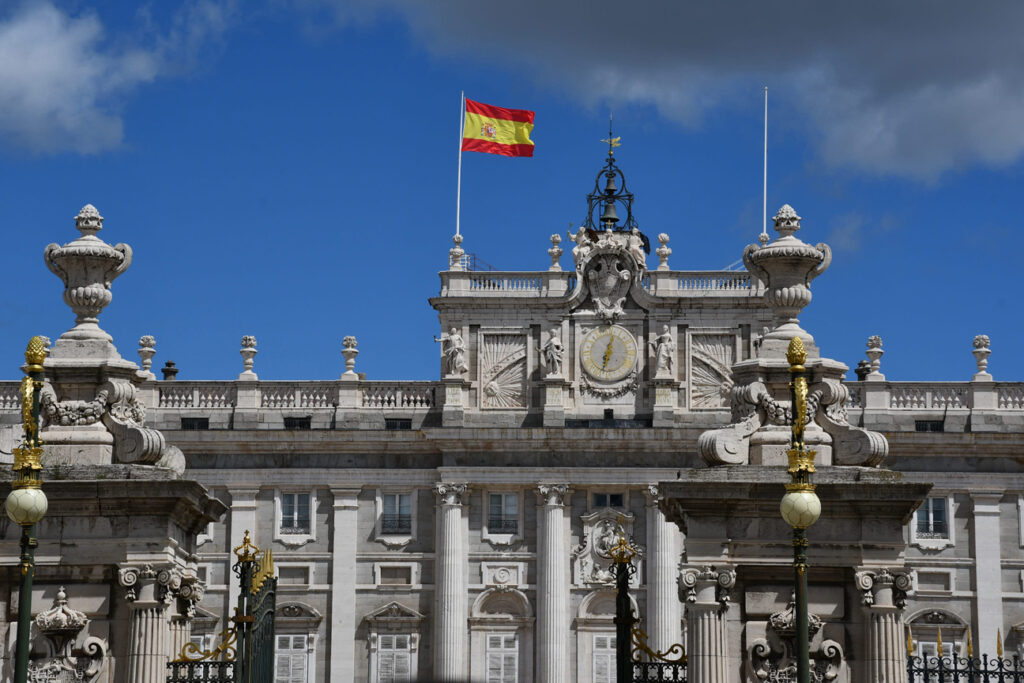
It was May Day and there was a parade at the Royal Palace.
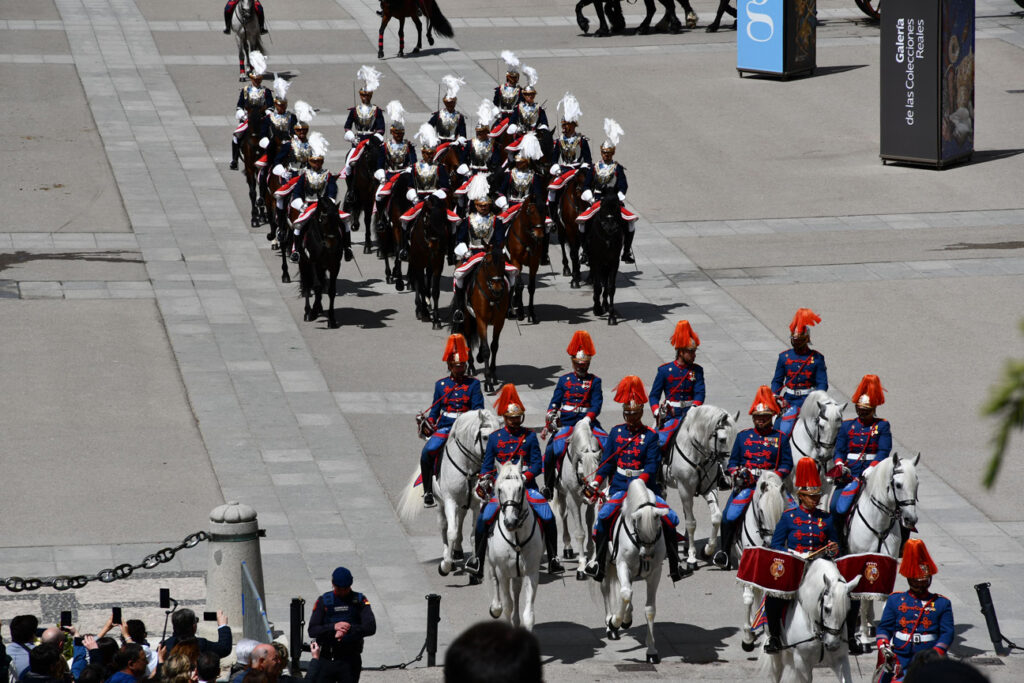
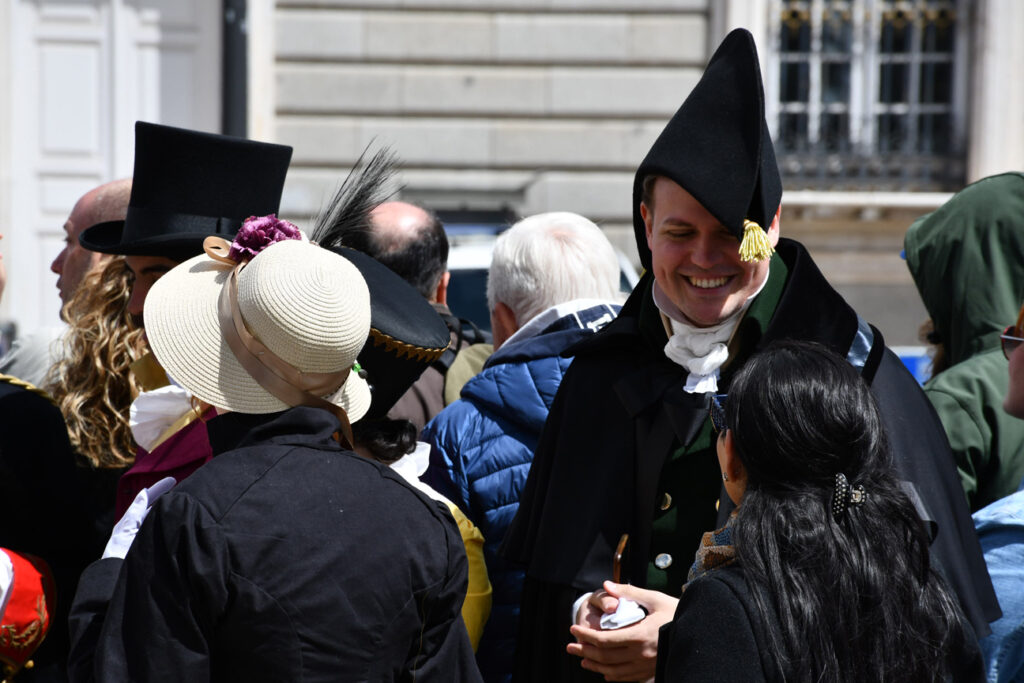
The Day of the Autonomous Community of Madrid (Fiesta de la Comunidad de Madrid, Dos de Mayo) is a public holiday on May 2.
It marks the anniversary of an uprising against French troops on May 2, 1808.

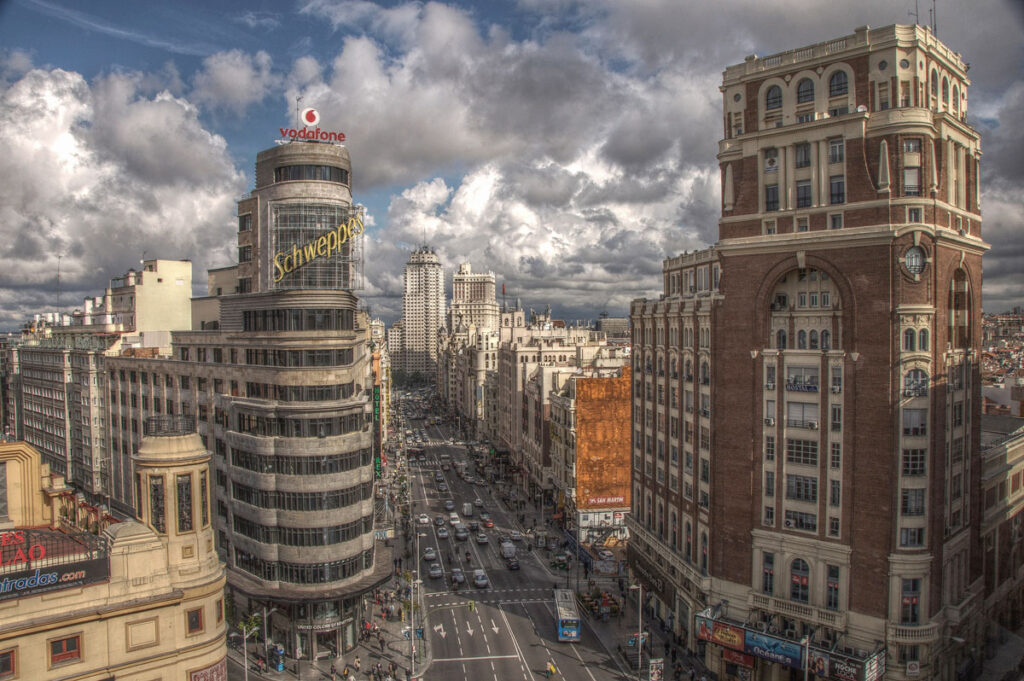
Photo courtesy of wikipedia
Madrid has a wonderful stock of classic architecture. The Grand Via is where much of it is to be found.
The street, sometimes referred to as the “Spanish Broadway”, is one of the city’s most important shopping areas, with a large number of hotels and large movie theatres. However, since the late 2000s, many of these theatres have been replaced by shopping centres.
The Gran Vía serves as a showcase of early 20th-century revival architecture, with architectural styles ranging from Vienna Secession style, Plateresque, Neo-Mudéjar, Art Deco, among others.
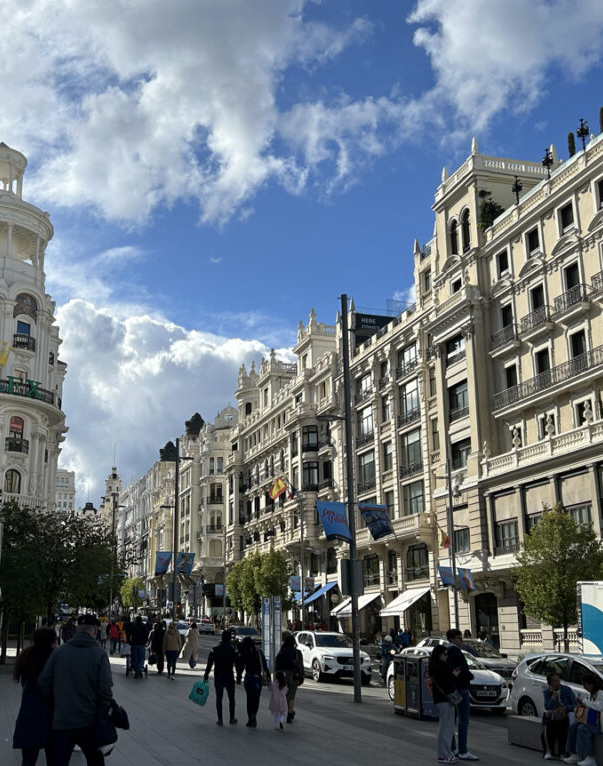
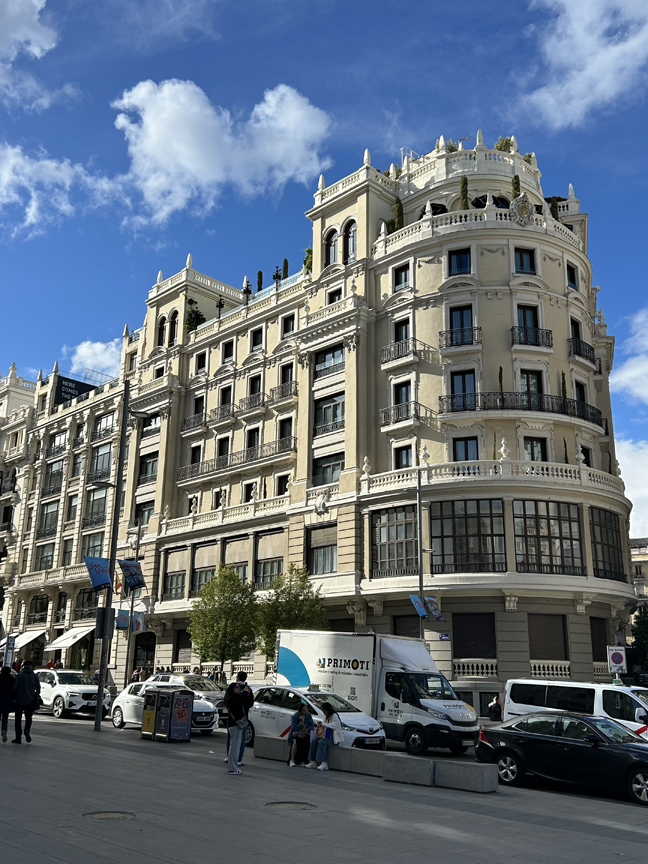
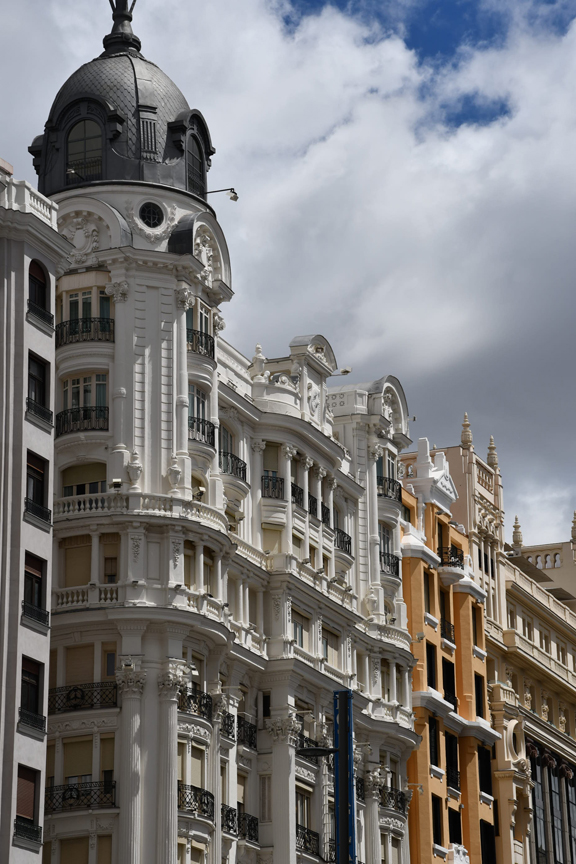
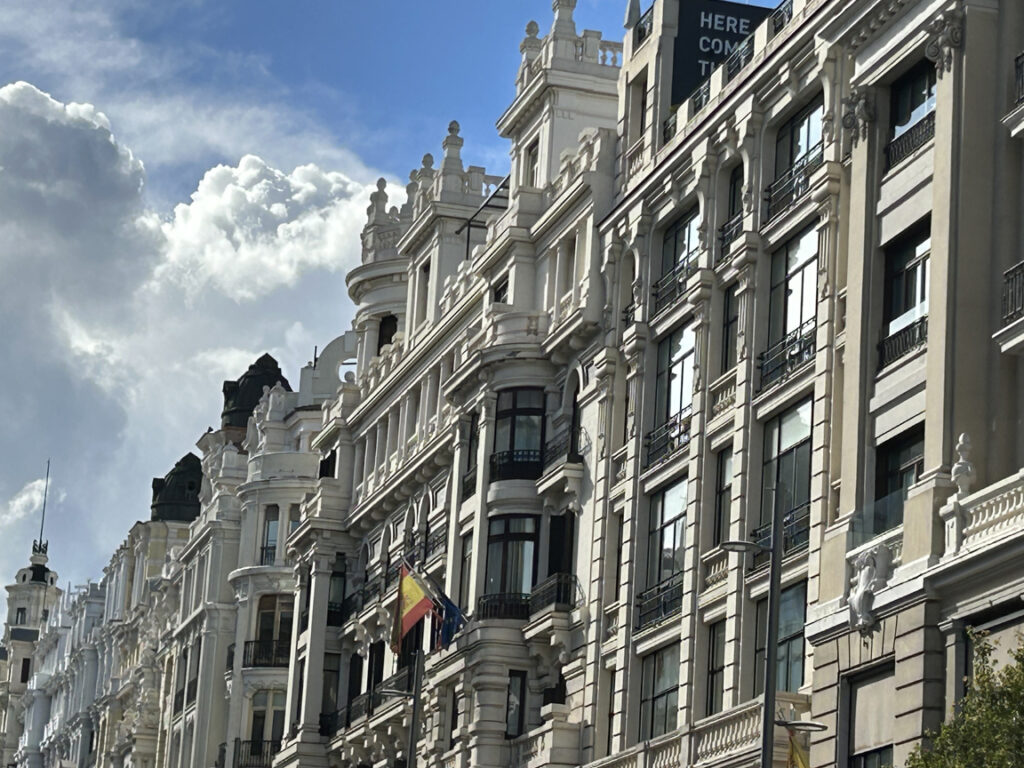
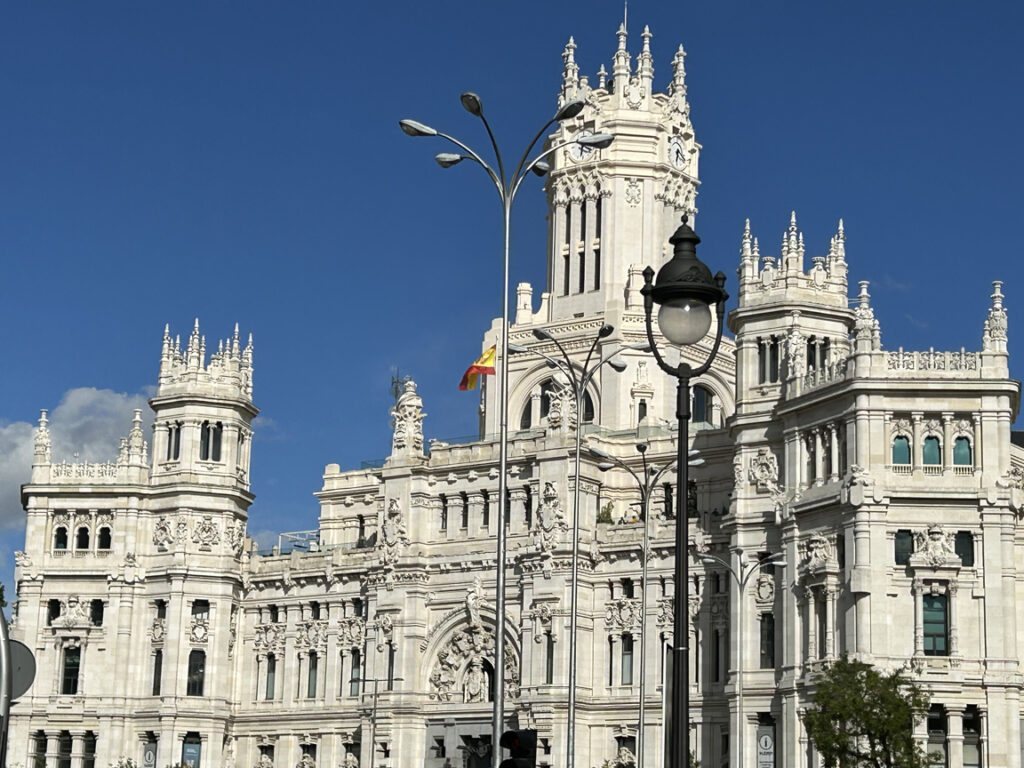
Above and below City Hall
Palacio de Cibeles: The former Communication Palace has been the seat of the Madrid City Council since 2007.
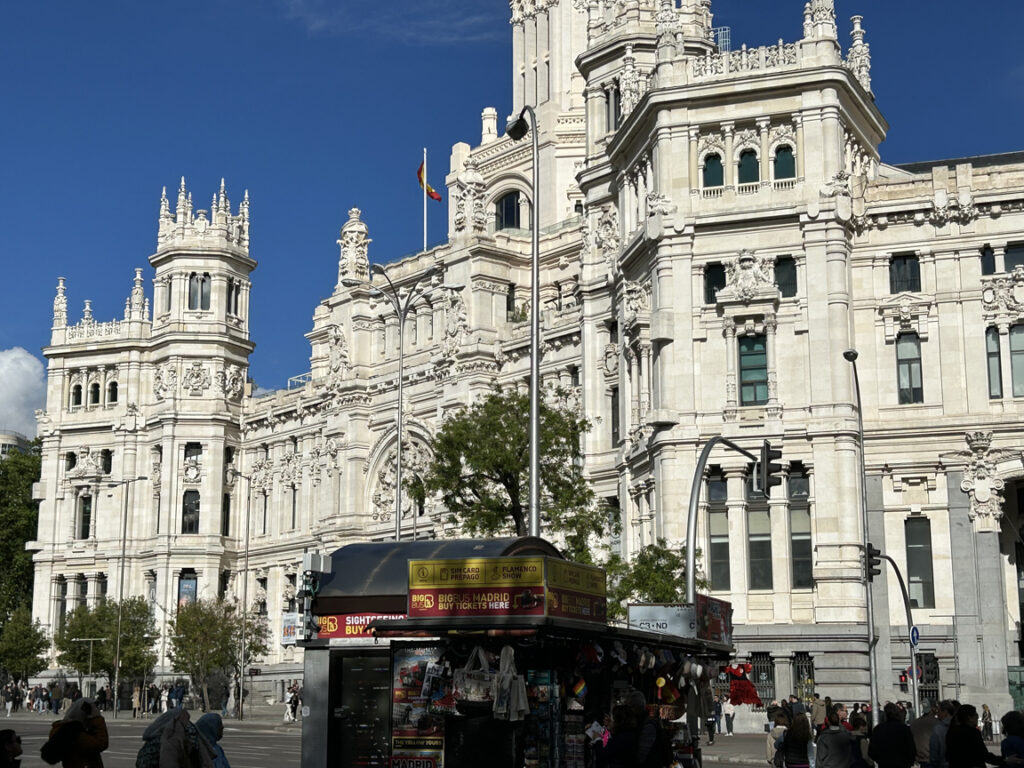
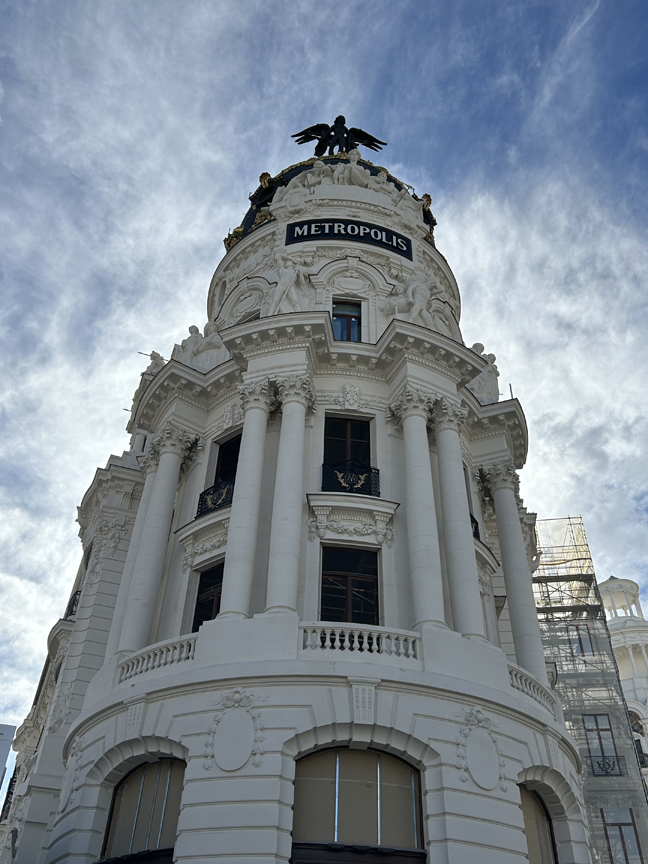
The Metropolis Building or Edificio Metrópolis is an office building at the corner of the Calle de Alcalá and Gran Vía.
Inaugurated in 1911, it was designed by Jules and Raymond Février for the insurance company La Unión y el Fénix. It is currently owned by Metrópolis Seguros.
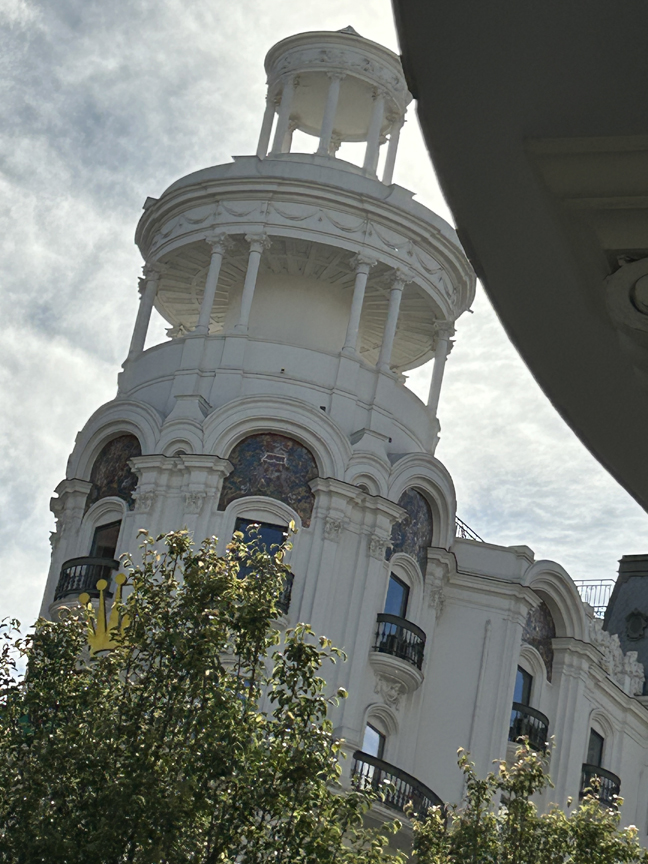
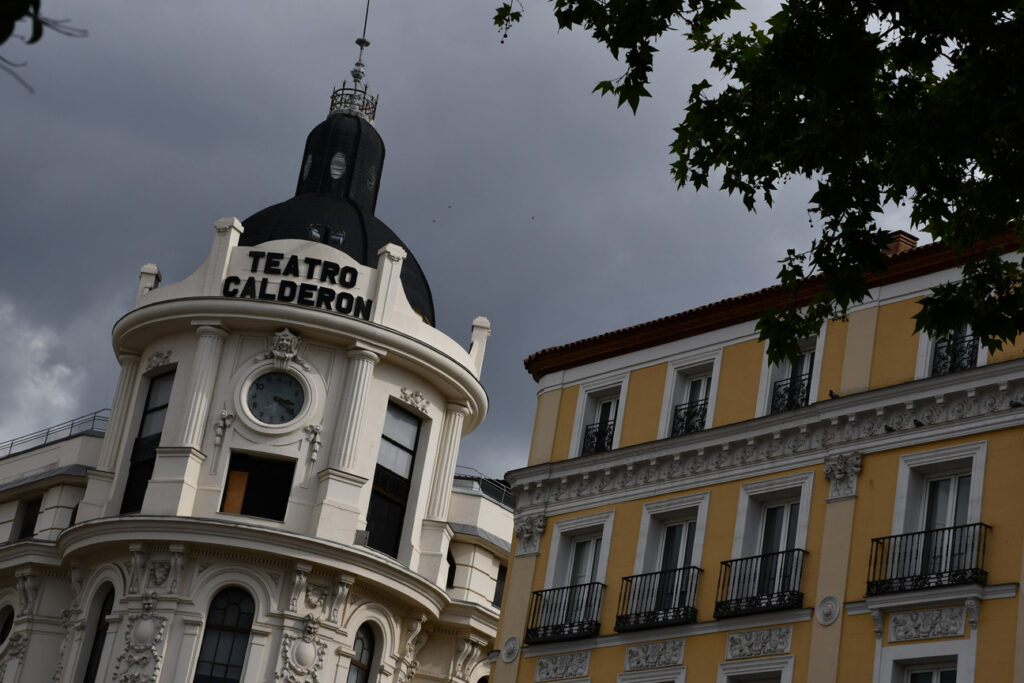
On June 18, 1917, the Odeon Theatre was inaugurated, now known as Calderon. It is surely one of the most beautiful buildings in the center of Madrid, both for its exterior architecture and for the interior decoration. It was designed by the architect Eduardo Sánchez Eznarriaga.
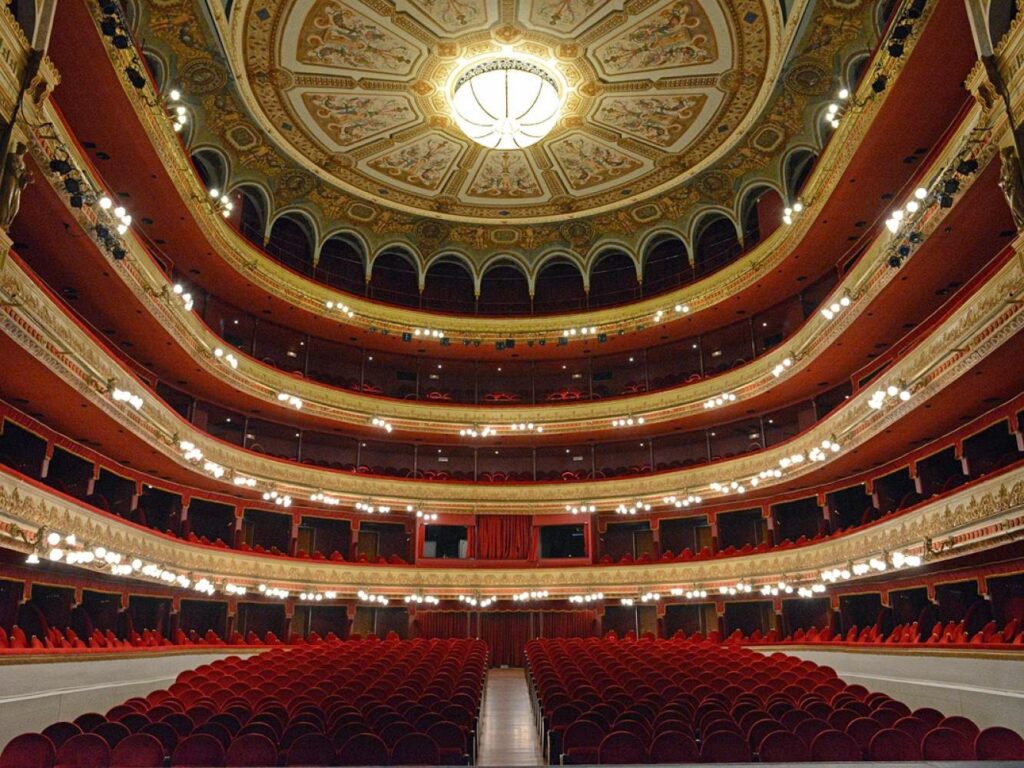
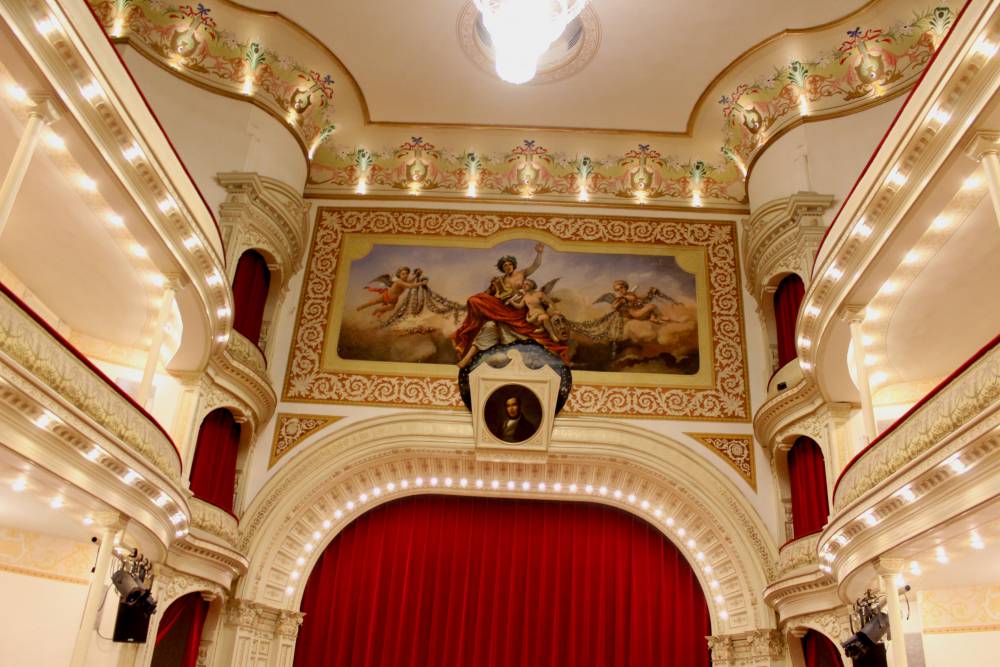
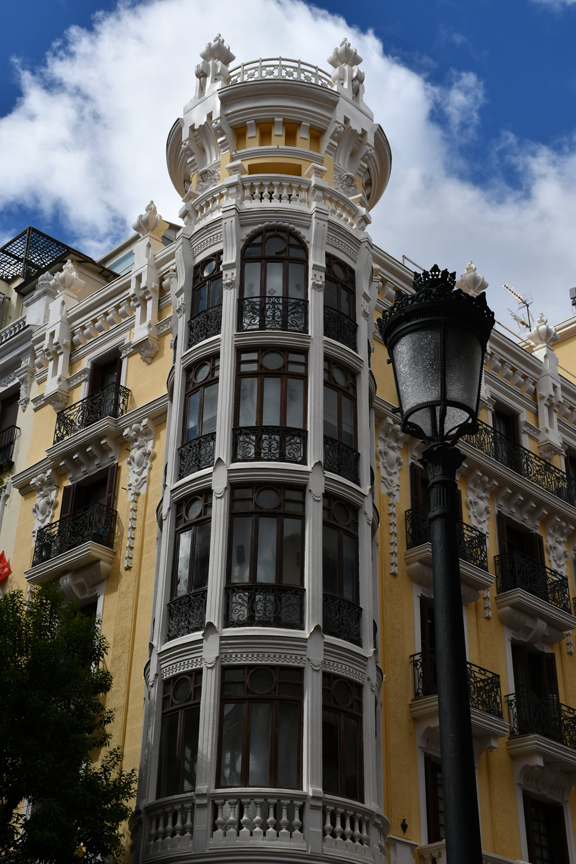
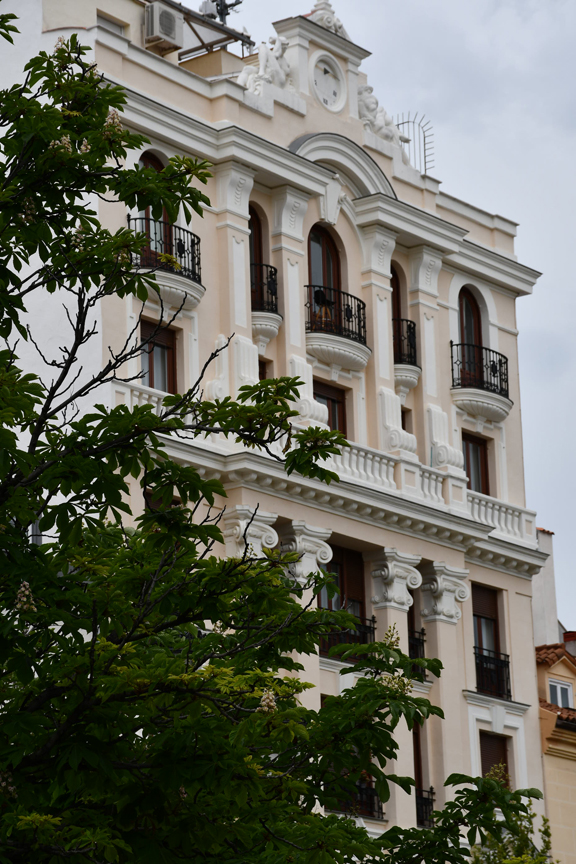
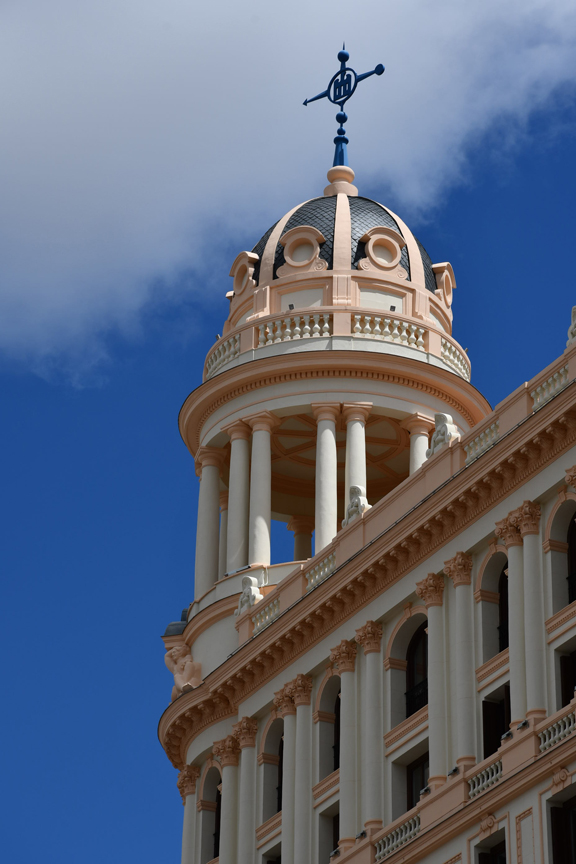
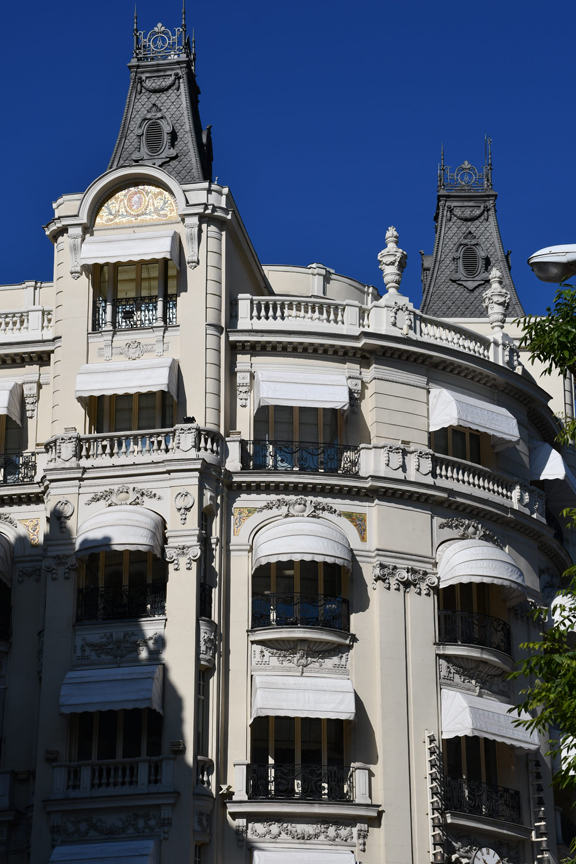
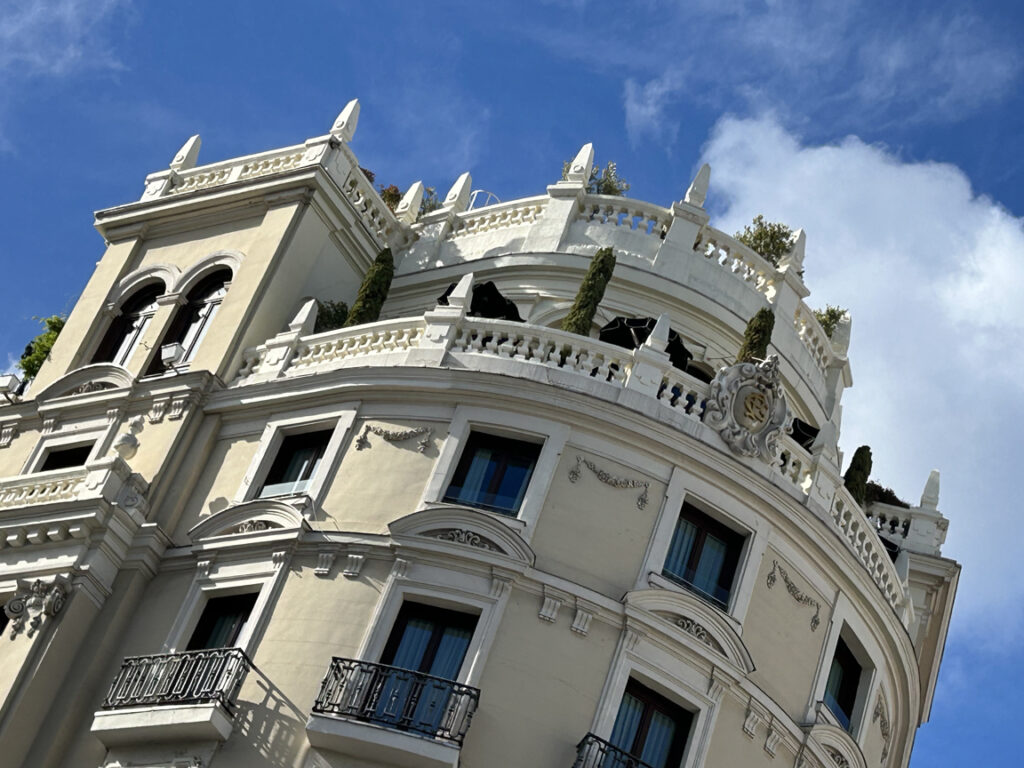
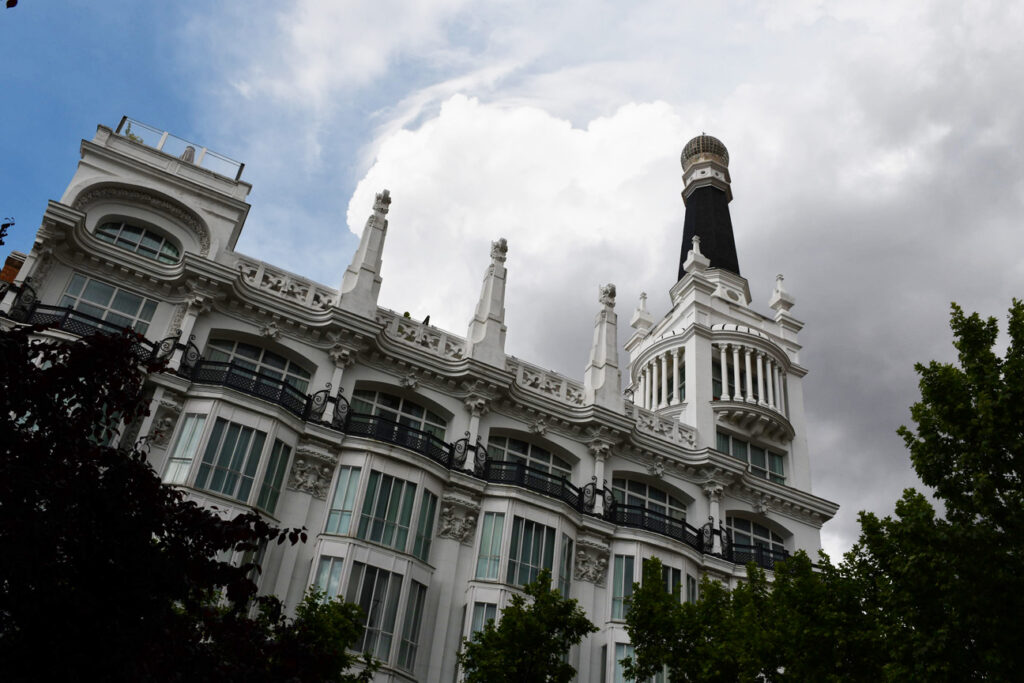
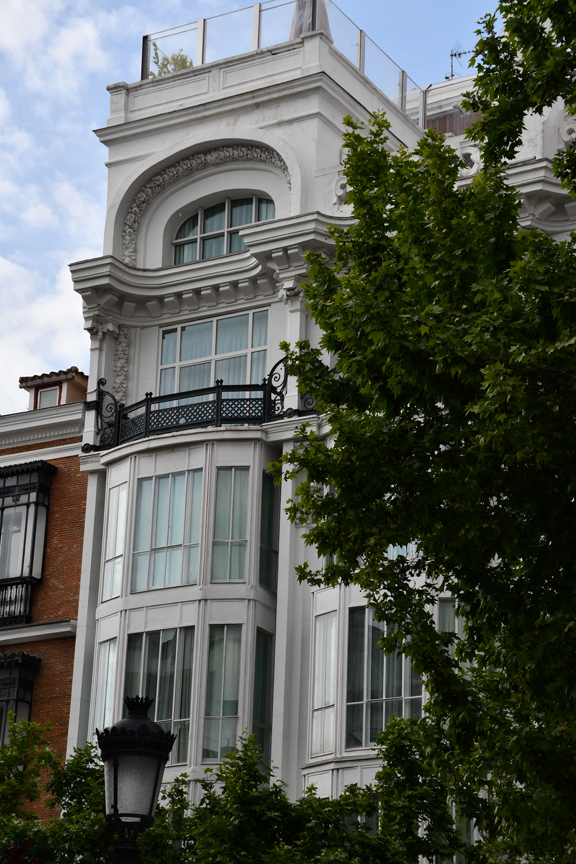

Above and below Plaza Major. It was once the centre of Old Madrid. It was first built (1580–1619) during the reign of Philip III.
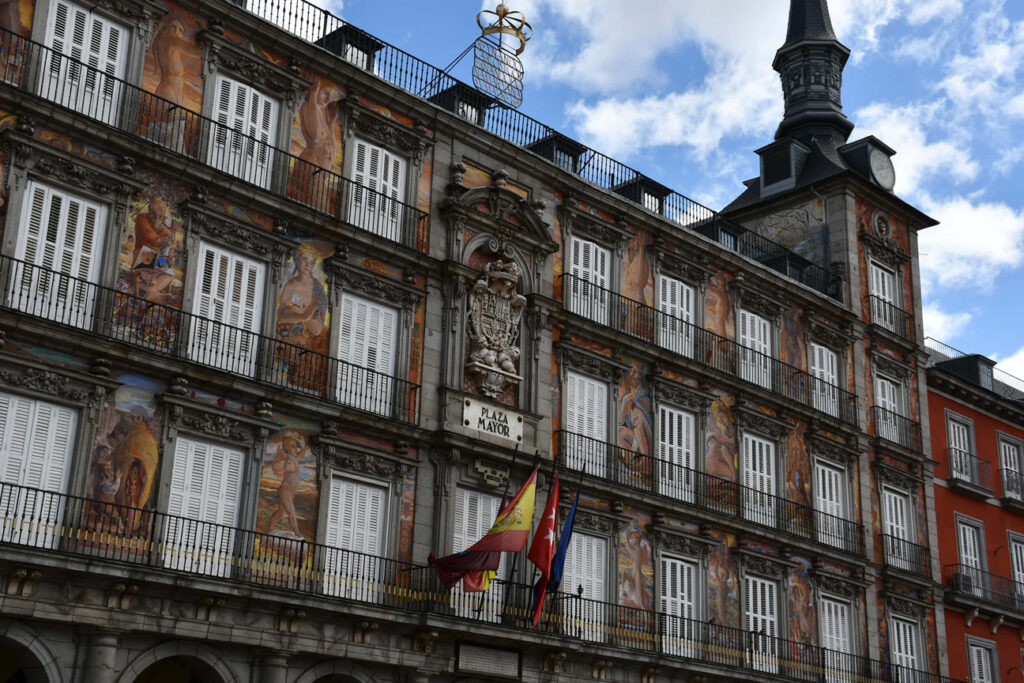
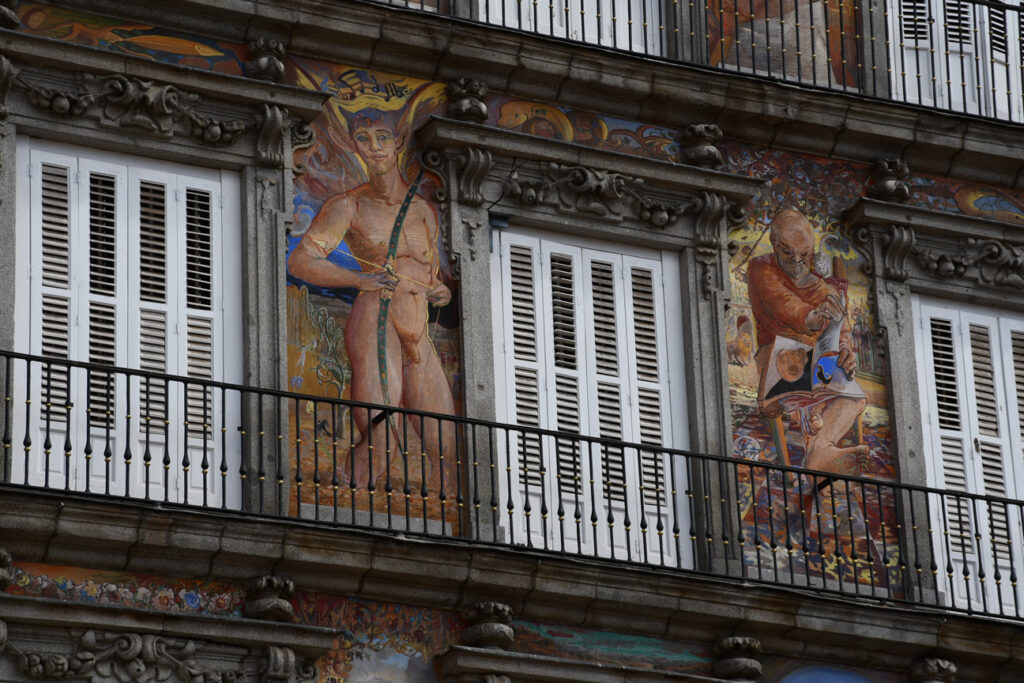
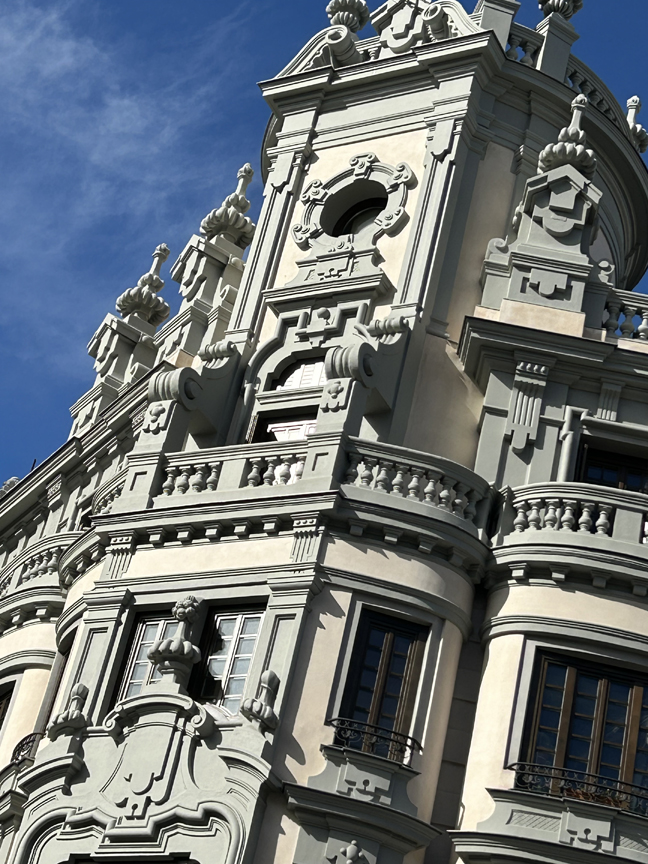
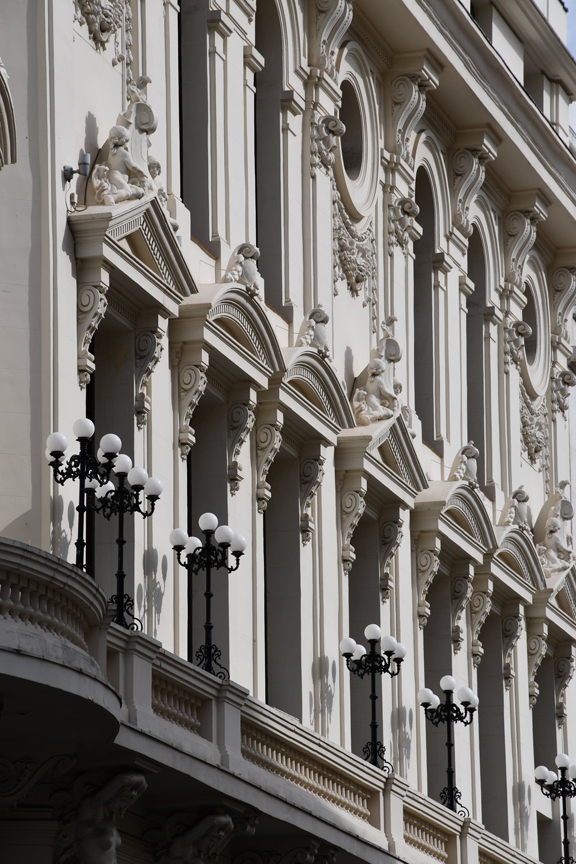
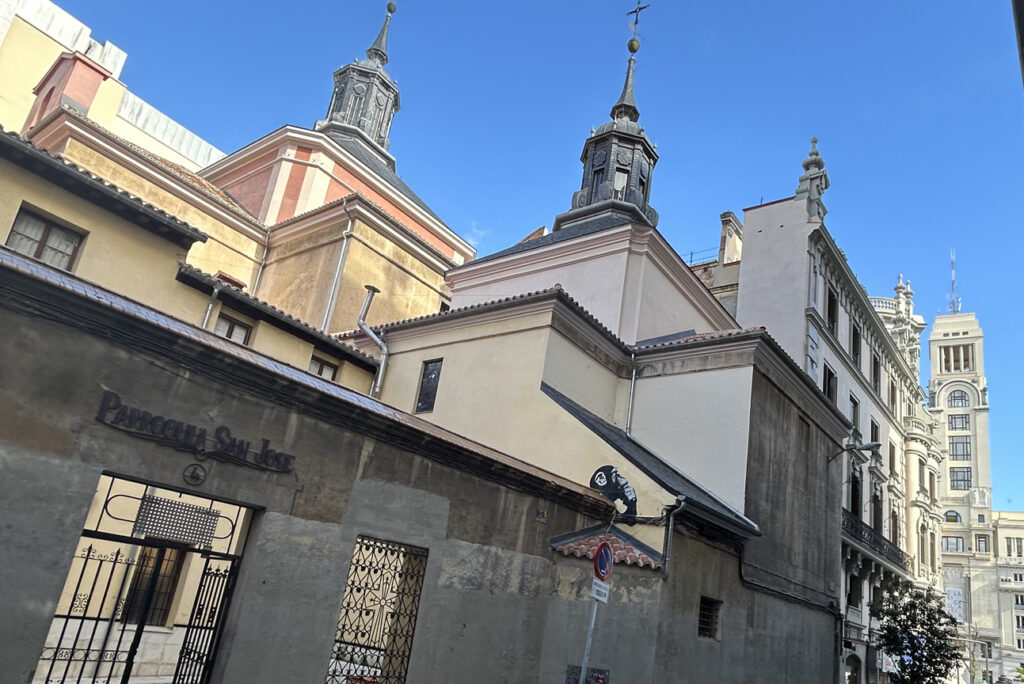
Apartment buildings
